Located in Jacksonville Beach, Cradle Creek Preserve is a 45-acre reserve in northeast Florida. Containing saltwater marshes, maritime forests, and bottomland swamps, it is easy to see why this area was selected to conserve against development.
Cradle Creek is the last large piece of undeveloped land along the Intercoastal Waterway in Jacksonville Beach. This parcel was set aside to protect the many rare species that depend upon these ecosystems and allow people to experience a relatively untouched piece of natural, coastal Florida.
You will find a lovely trail just over half a mile long there. As you casually meander through the bottomland swamp, keep a careful eye out and you may catch a glimpse of a Florida box turtle foraging in the mud for tasty worms or mushrooms. In the summer, lizards’ tails and jack-in-the-pulpit bloom on the forest floor. Ironweeds bloom from the mucky bottom with purple flowers that attract a whole host of pollinators. In the winter months, keep your head up as you look amongst the resurrection ferns coating the oaks for dainty little green blooms of the greenfly orchids. The American Holly boasts big clumps of bright red berries, just the perfect treat for birds such as the grey catbird, bluebirds, and others.
You will find yourself in a maritime forest as you continue along the boardwalks and nice, clear trails. These are really unique forests shaped by winds and salt spray. You will notice many of the same species of trees and understory plants you are used to seeing in other parts of Florida. Live oak, longleaf pine, loblolly pine, and palmettos are all common plants here. Maritime forests closer to the dunes will have canopies trimmed short by high winds off the ocean. The maritime forests of Cradle Creek are taller as they occur further from the dunes. These forests provide food and refuge for migrating songbirds as well as bobcats, reptiles, raccoons, and many others.
After passing through this forest, you will come to the saltwater marsh. This beautiful, open expanse of grasses and shallow water, dotted with cabbage palms, makes for a lovely overlook. These marshes maintain a high salinity from daily flooding due to high tides. These marshes are some of the most productive ecosystems on earth. The grasses and rushes provide cover for hatching fishes as they avoid predators in the shallows and feed on the abundant life. Herons, spoonbills, and other wading birds also find food here, trolling the muddy shallows for fish, small snakes, and crustaceans. In the mud, you can see footprints of the prior evening’s patrol of raccoons, searching for muscles, fiddler crabs, and other tasty treats.
You can access this park by the parking lot, located at the corner of 15th Street South and Fairway Lane in Jacksonville Beach. You can also get there via canoe or kayak by using Cradle Creek, which meets the Intercoastal Waterway at Marker 37. There is a boat landing you can use to then access the trails. So, the next time you’re in Jacksonville and want a glimpse as to what this part of Florida looked like before development, or if you just need a place to go to escape the noise for a moment and connect with nature, stop by Cradle Creek Preserve.
For more information: https://www.jacksonvillebeach.org/…/Cradle-Creek…

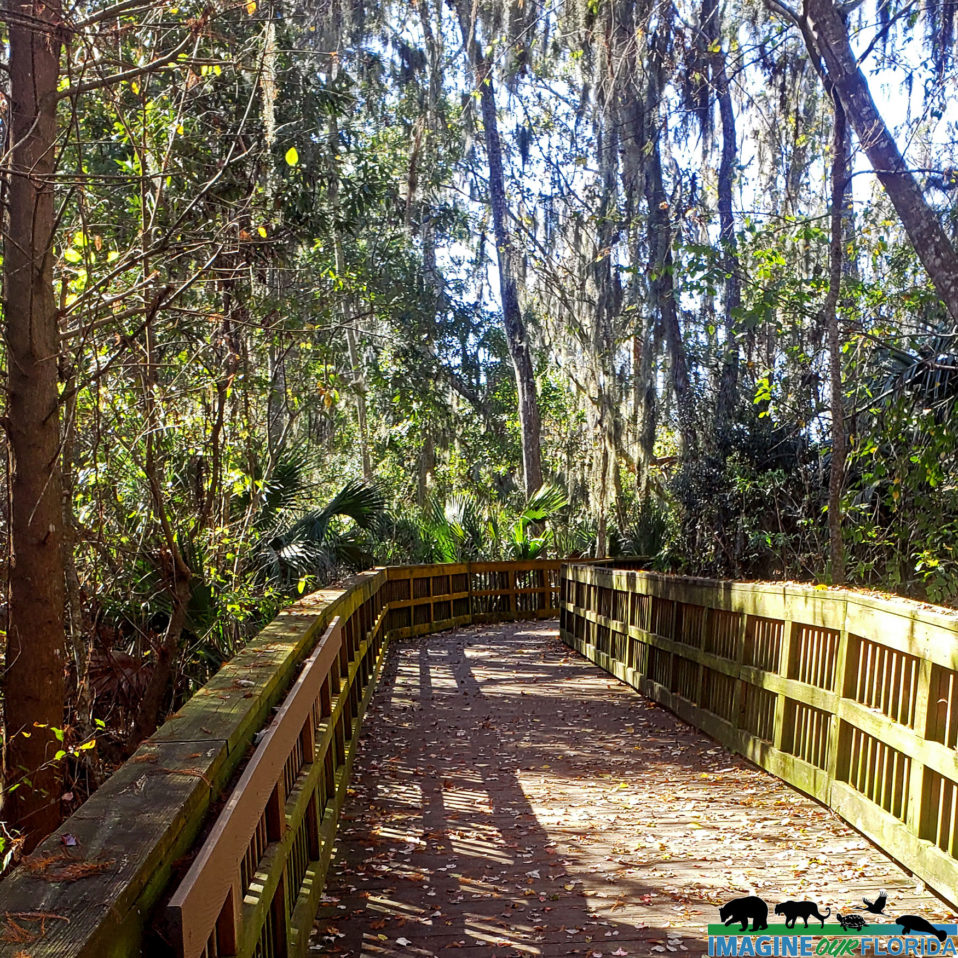
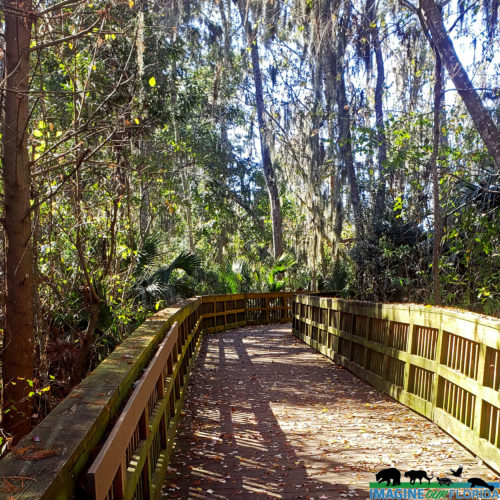
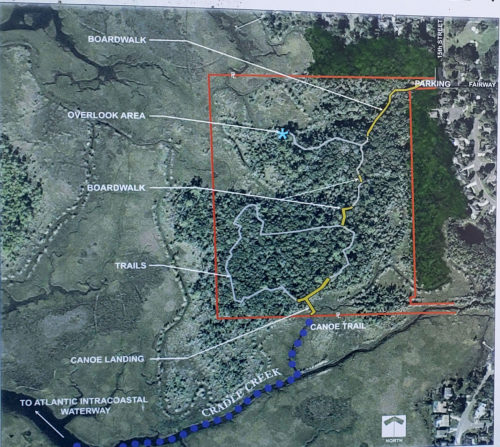
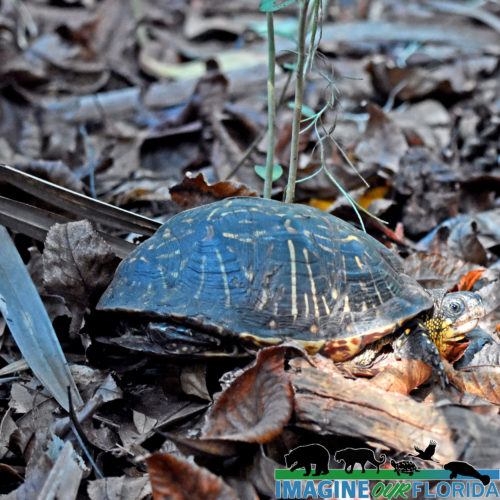
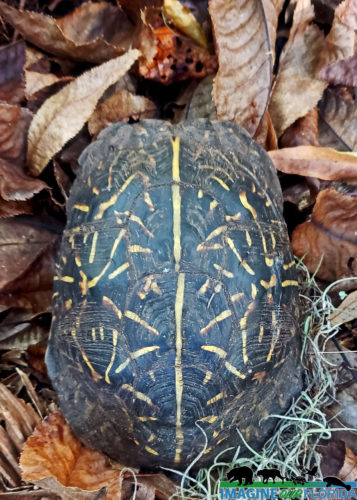
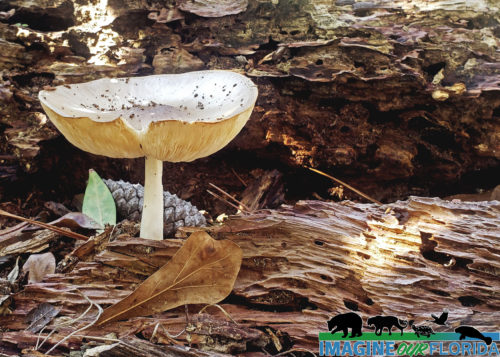
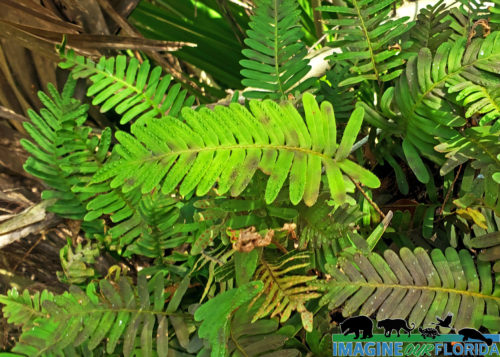
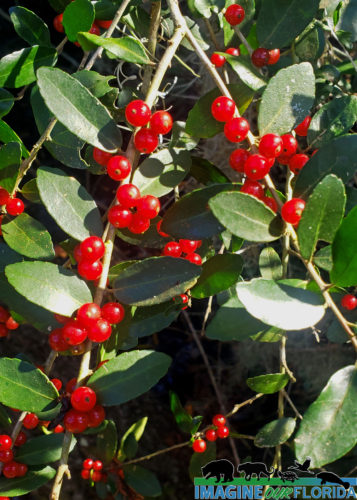
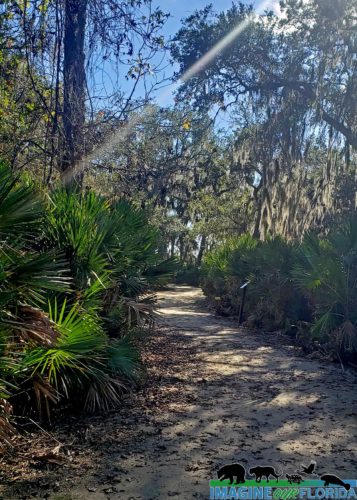
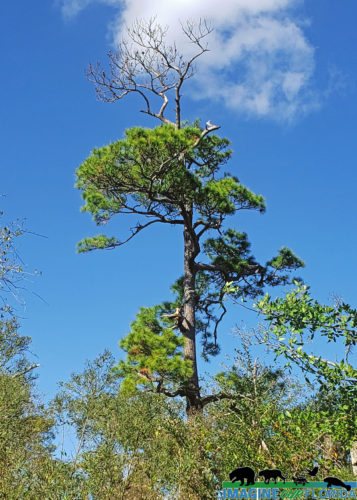
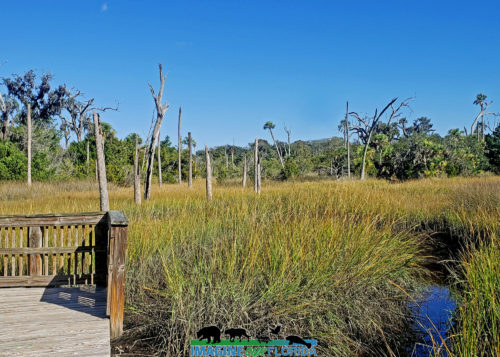
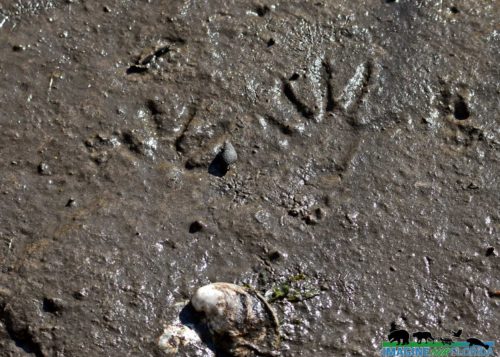
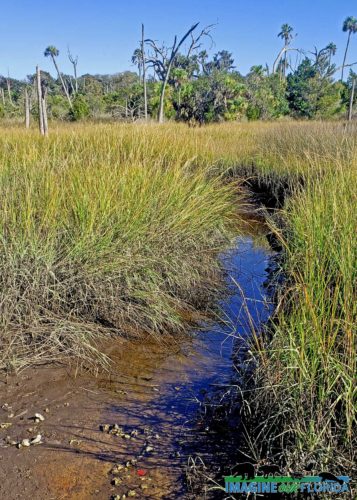
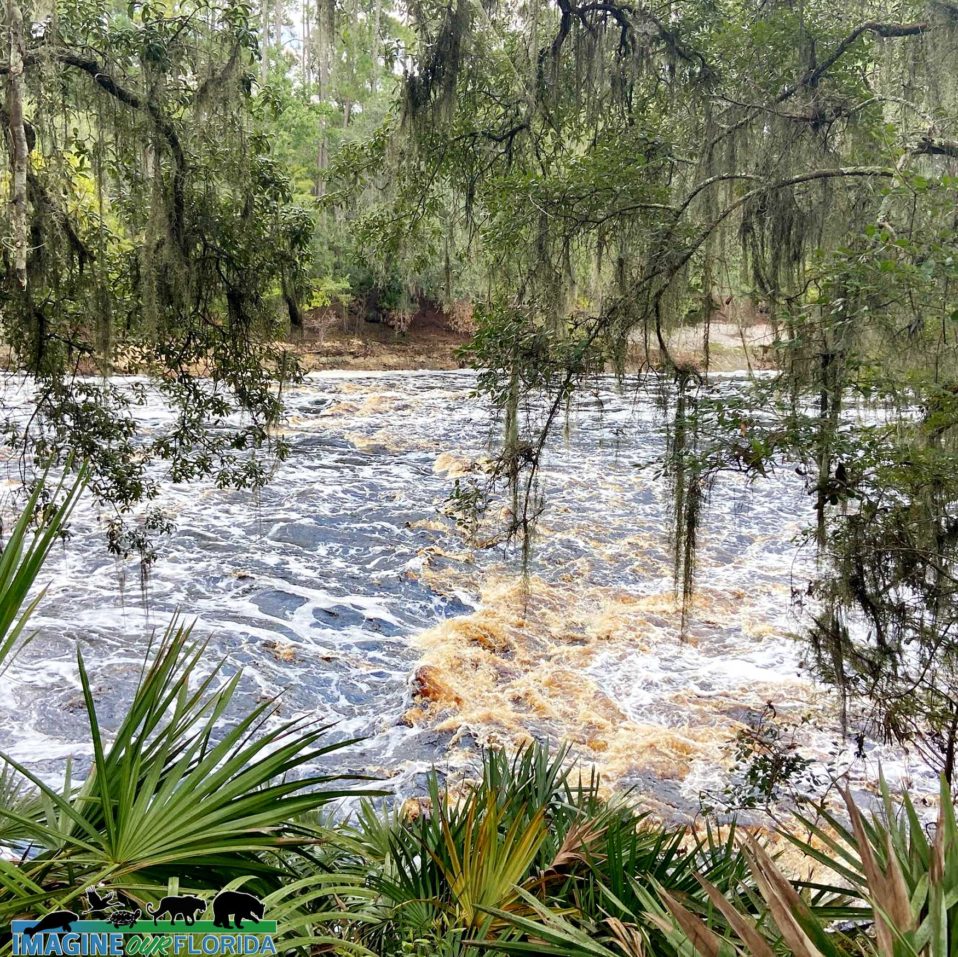
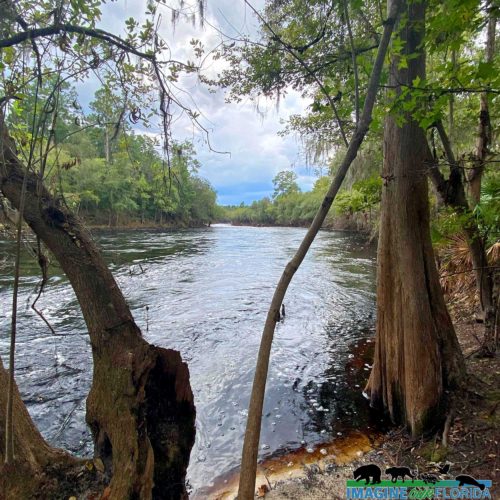
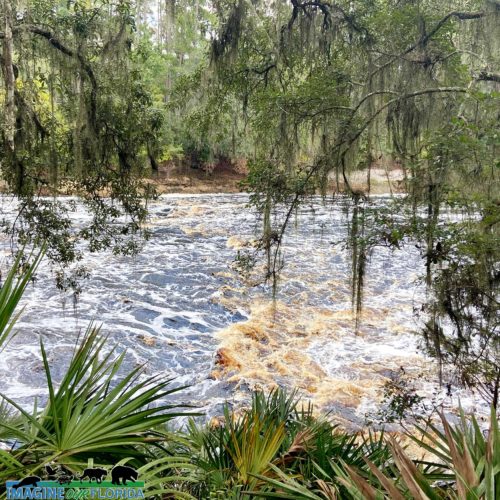
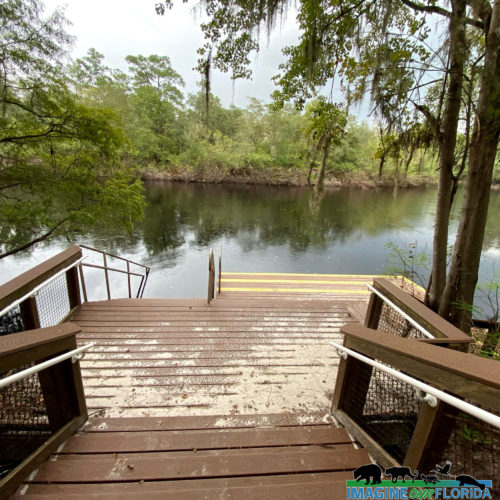
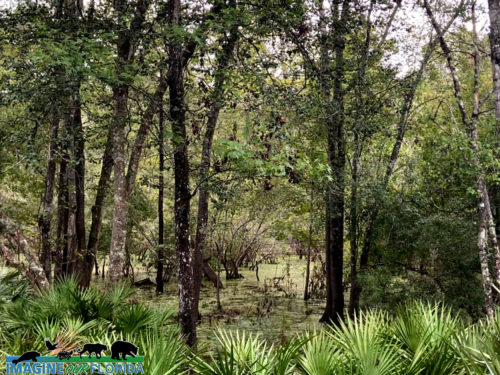
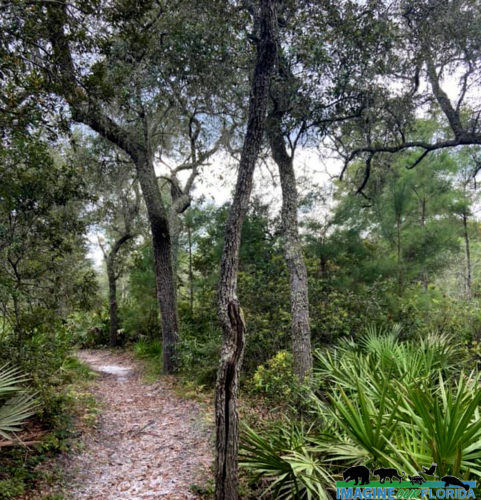
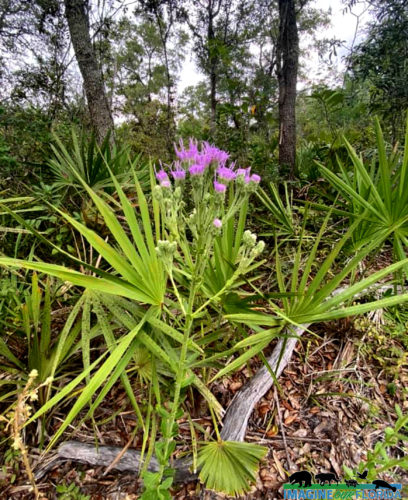
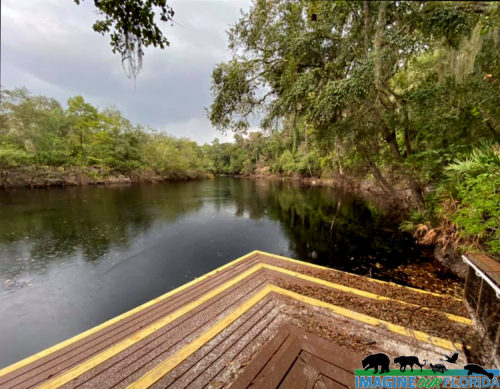
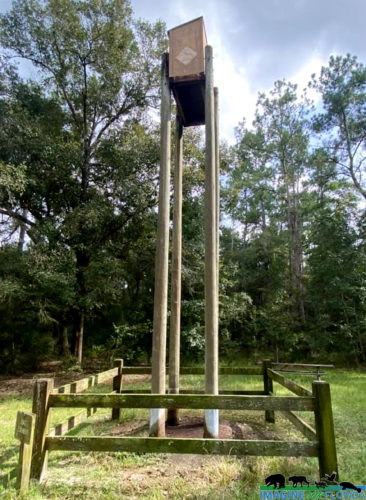
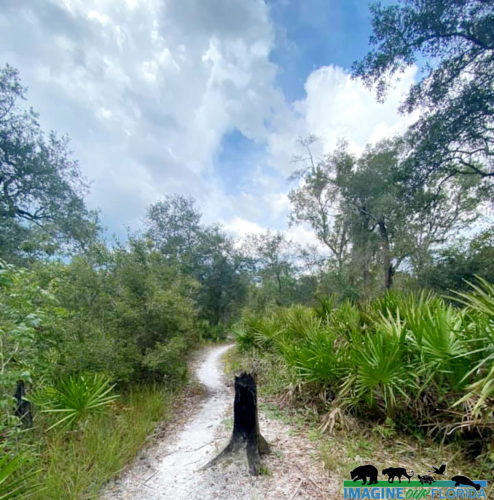
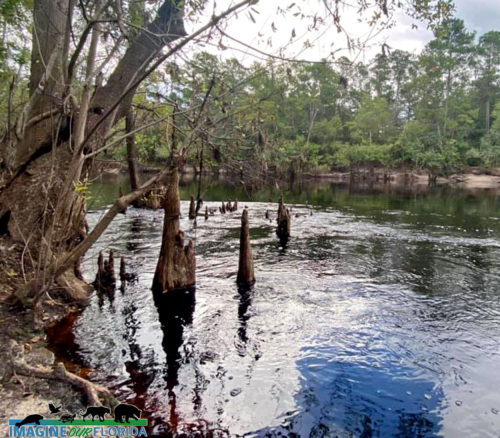
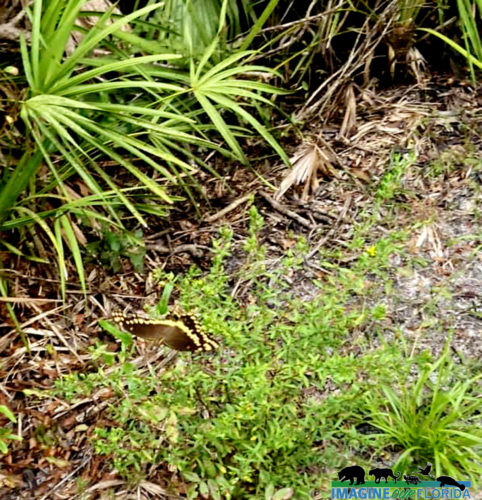
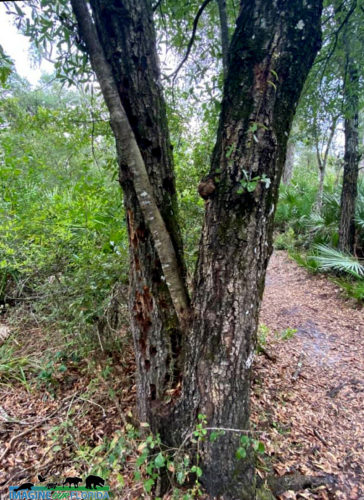
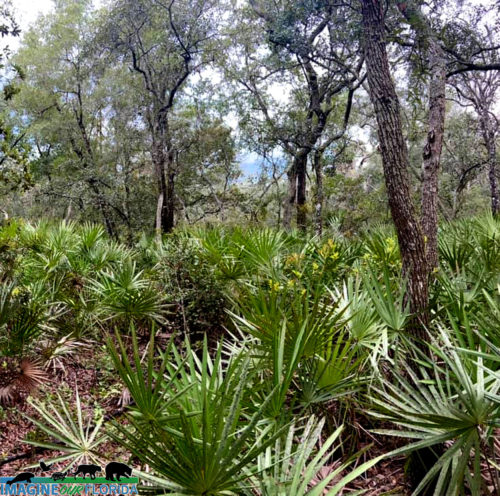
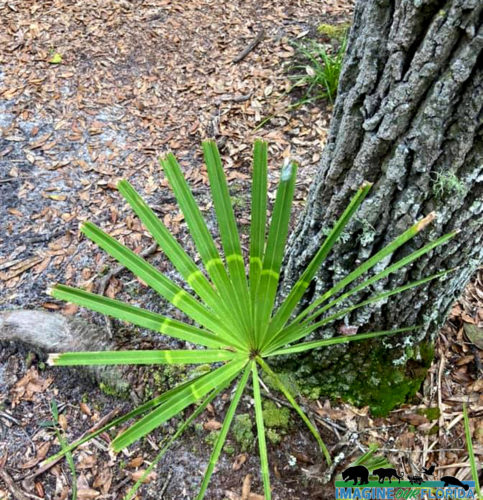
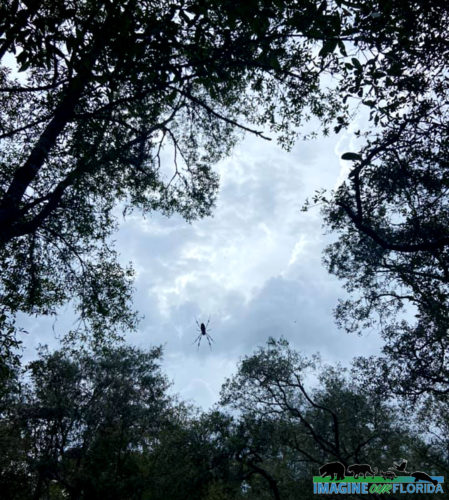
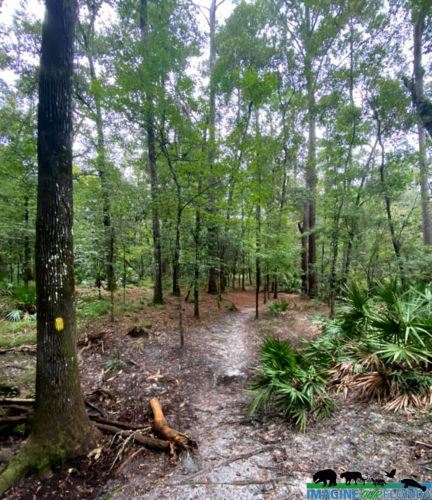
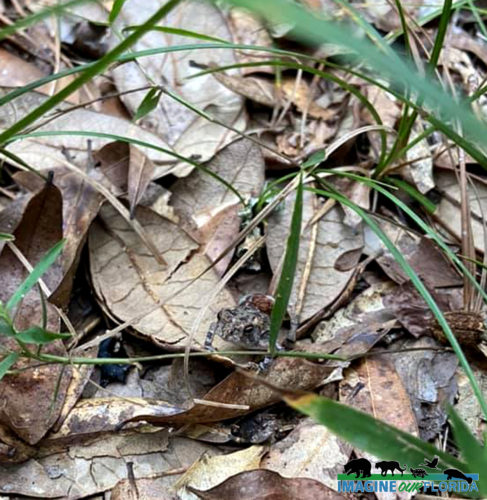
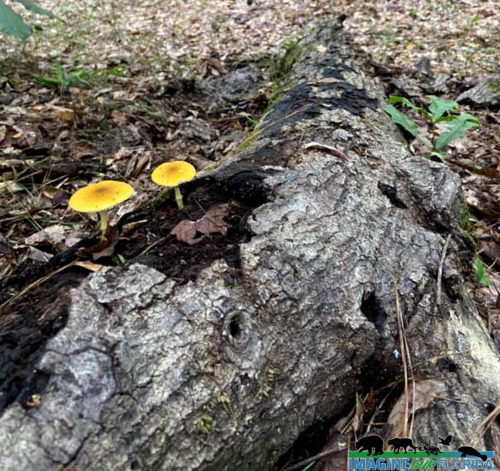
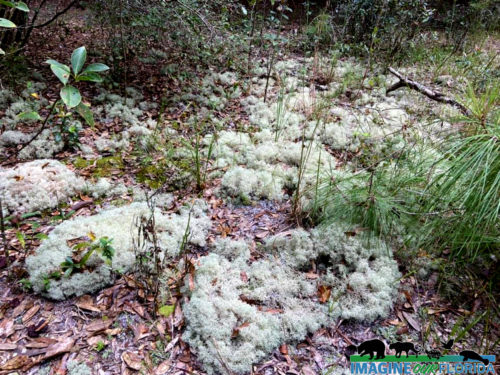
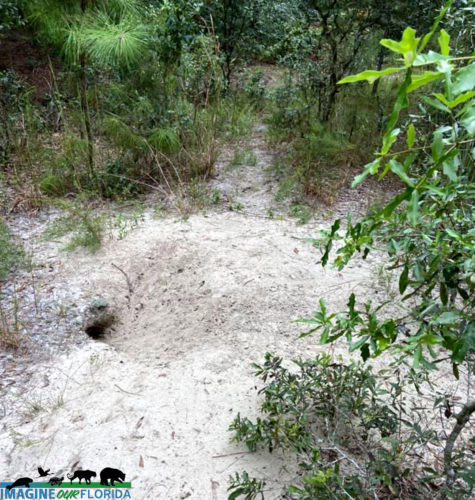
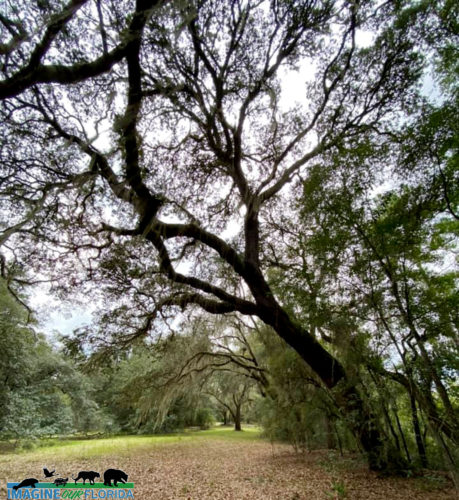
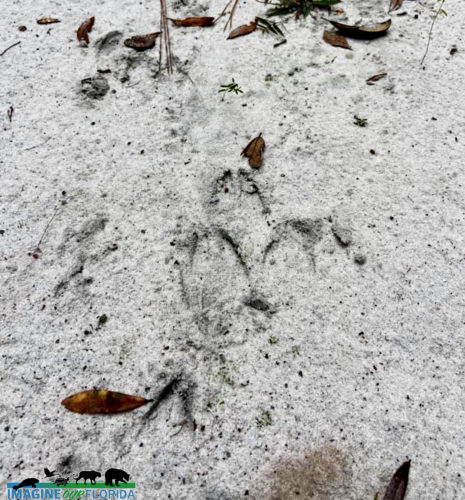
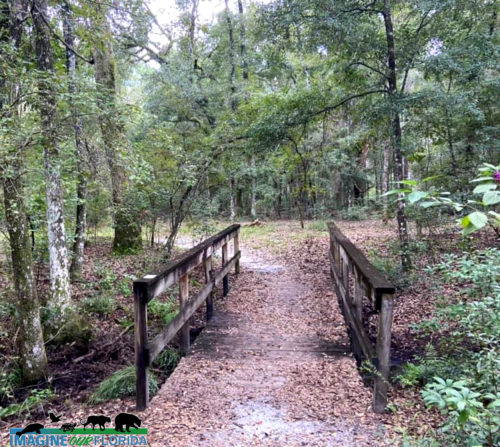
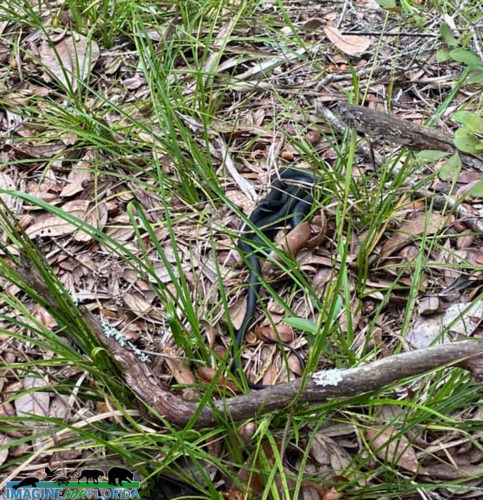
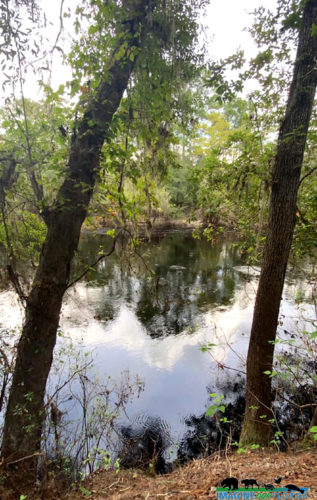
Recent Comments